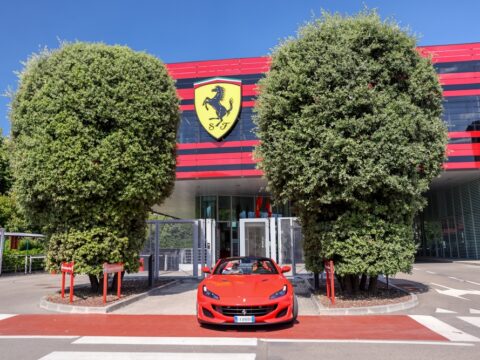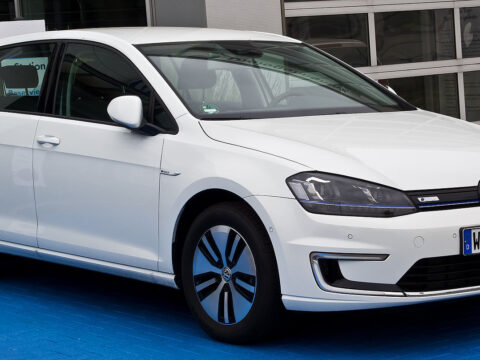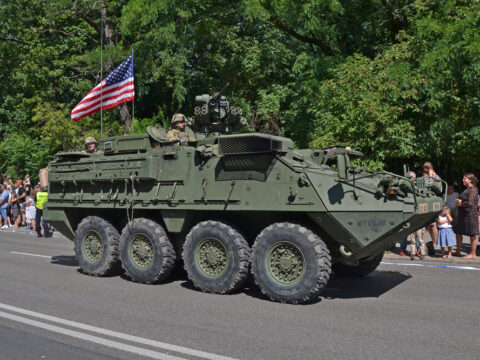Rail travel has been a cornerstone of global transportation for centuries, evolving through remarkable innovations. From the early steam engines to today’s high-speed marvels, certain trains have played pivotal roles in revolutionizing how we travel. In this article, we’ll explore 25 trains that have significantly impacted rail travel worldwide, showcasing their technological advancements and historical significance.
Contents
Stephenson’s Rocket
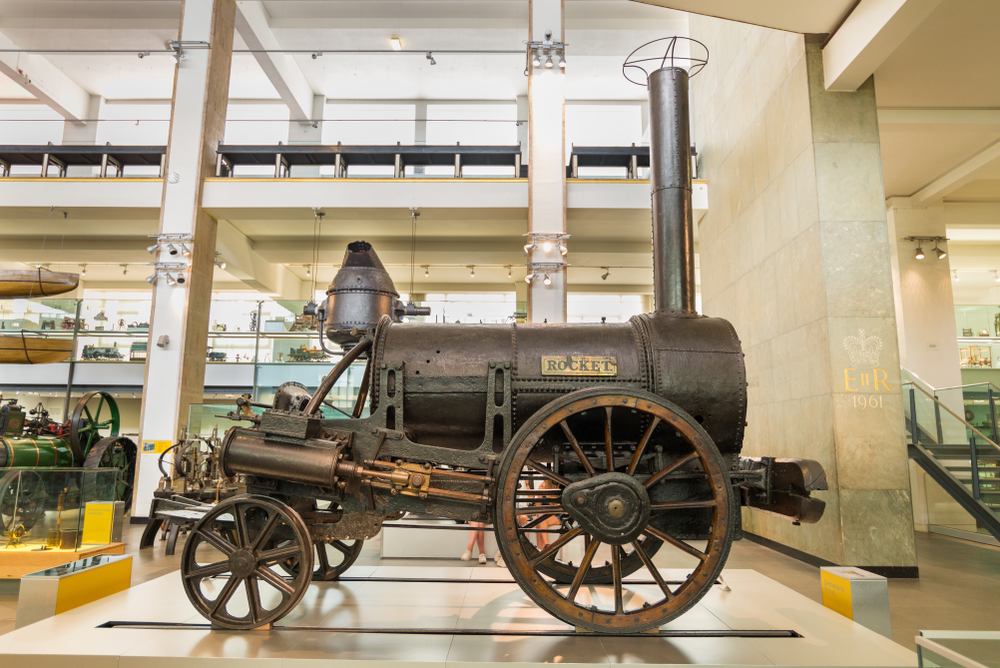
Stephenson’s Rocket, designed by George Stephenson in 1829, was a pioneering steam locomotive that set the standard for future rail engines. It was the first to bring together several innovations such as a multi-tube boiler, which significantly increased steam pressure and efficiency, and direct drive wheels. The Rocket’s successful performance at the Rainhill Trials demonstrated the viability of steam-powered locomotives for passenger and freight transport, revolutionizing the early rail industry.
The Flying Scotsman

The Flying Scotsman, introduced in 1923, became the first steam locomotive to reach 100 mph, symbolizing speed and reliability in rail travel. It provided non-stop service between London and Edinburgh, showcasing the capabilities of the British railway system. The Flying Scotsman was renowned for its luxurious amenities and punctuality, setting a new standard for long-distance rail travel.
The Orient Express
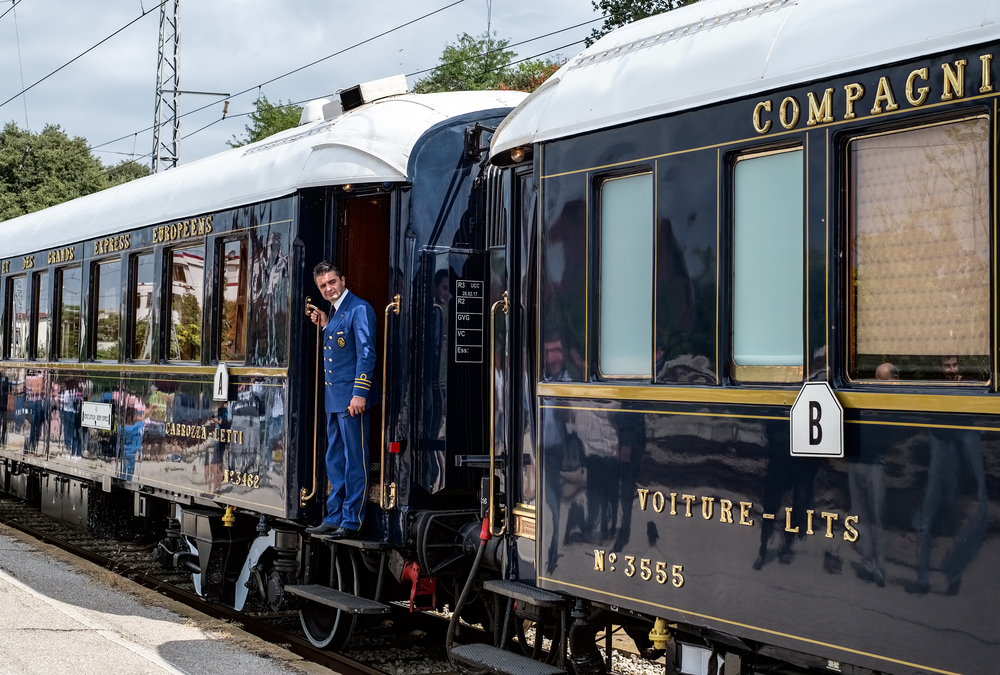
Launched in 1883, the Orient Express epitomized luxury and international rail travel, connecting Paris to Istanbul. It featured lavishly decorated carriages, gourmet dining, and exceptional service, making it a favorite among European aristocracy and celebrities. The train played a crucial role in popularizing long-distance rail journeys and inspired numerous books and films.
TGV (Train à Grande Vitesse)
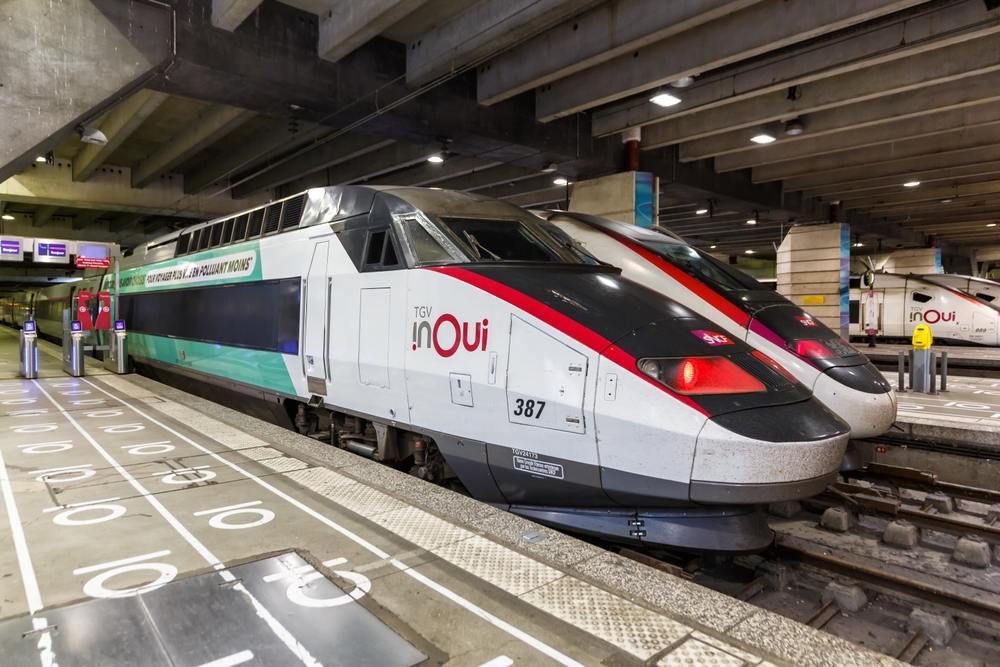
France’s TGV, introduced in 1981, set new benchmarks for high-speed rail travel with its sleek design and advanced technology. Capable of speeds exceeding 186 mph, the TGV drastically reduced travel times between major French cities. Its success led to the expansion of high-speed rail networks across Europe, influencing global rail travel standards.
Shinkansen (Bullet Train)
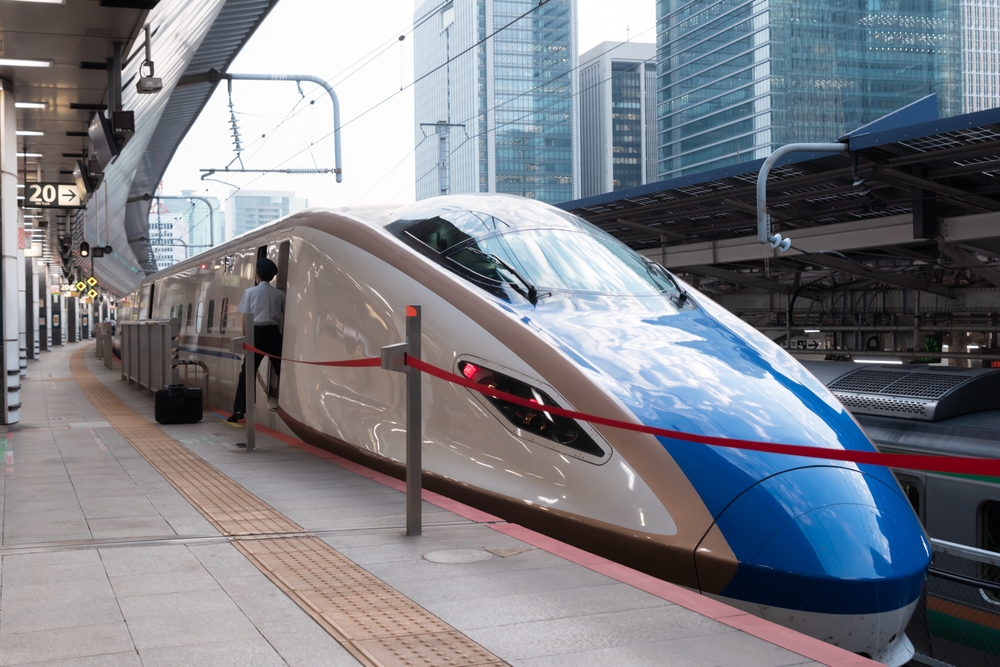
Japan’s Shinkansen, launched in 1964, was the world’s first high-speed rail network, achieving speeds of up to 130 mph initially. The Shinkansen transformed Japanese society by connecting distant cities efficiently and safely. Its continuous innovation, including earthquake-resistant technology and punctuality, has made it a model for high-speed rail systems worldwide.
Eurostar

The Eurostar, introduced in 1994, revolutionized cross-channel travel by connecting London with Paris and Brussels through the Channel Tunnel. Capable of speeds up to 186 mph, it significantly reduced travel times and facilitated seamless international travel in Europe. Eurostar’s success demonstrated the potential for high-speed rail to replace short-haul flights, promoting sustainable travel.
ICE (InterCity Express)
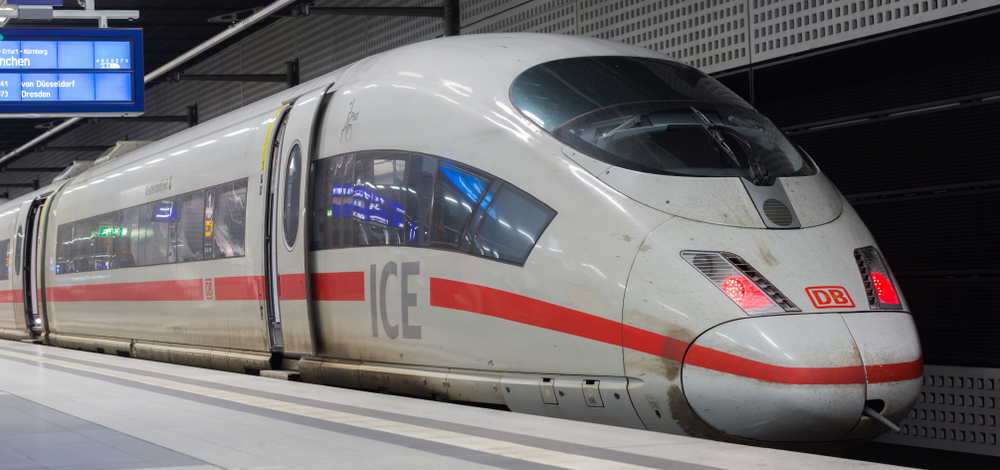
Germany’s ICE, launched in 1991, is renowned for its efficiency and speed, reaching up to 186 mph. The ICE network connects major German cities and extends to neighboring countries, offering comfortable and reliable service. Its technological advancements, including tilting technology and aerodynamic design, have made it a benchmark in high-speed rail travel.
Acela Express
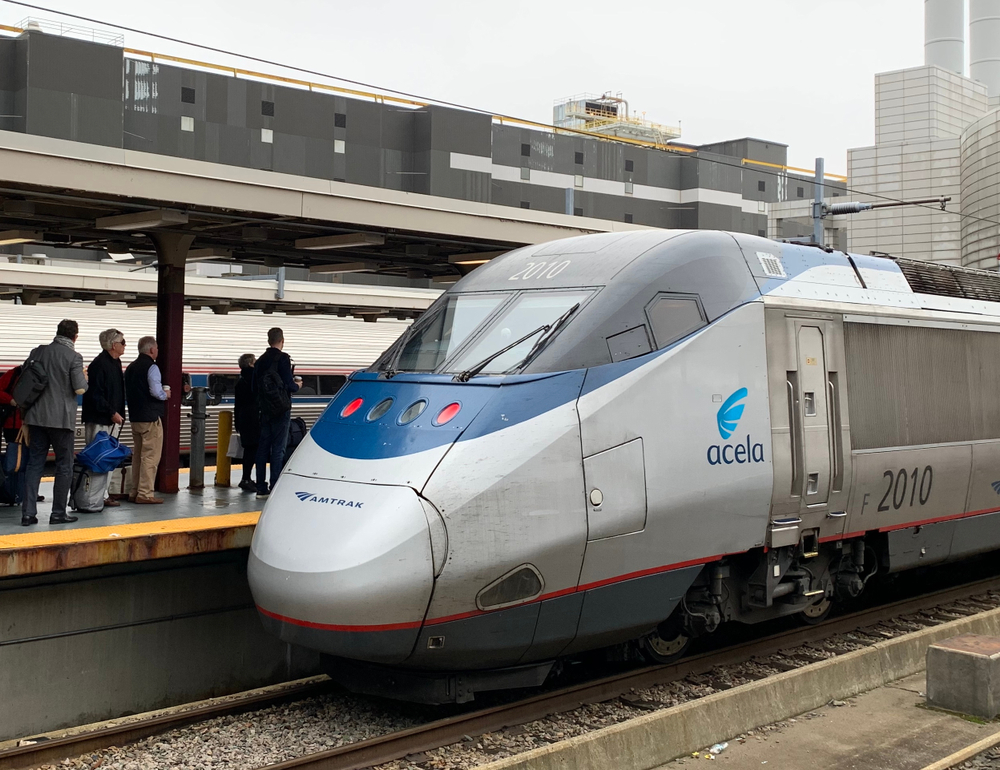
The Acela Express, introduced in 2000, is the fastest train in the United States, operating in the Northeast Corridor between Boston and Washington, D.C. With speeds up to 150 mph, it provides a competitive alternative to air travel for business and leisure passengers. The Acela’s success highlights the potential for high-speed rail in densely populated regions of the U.S.
Trans-Siberian Railway
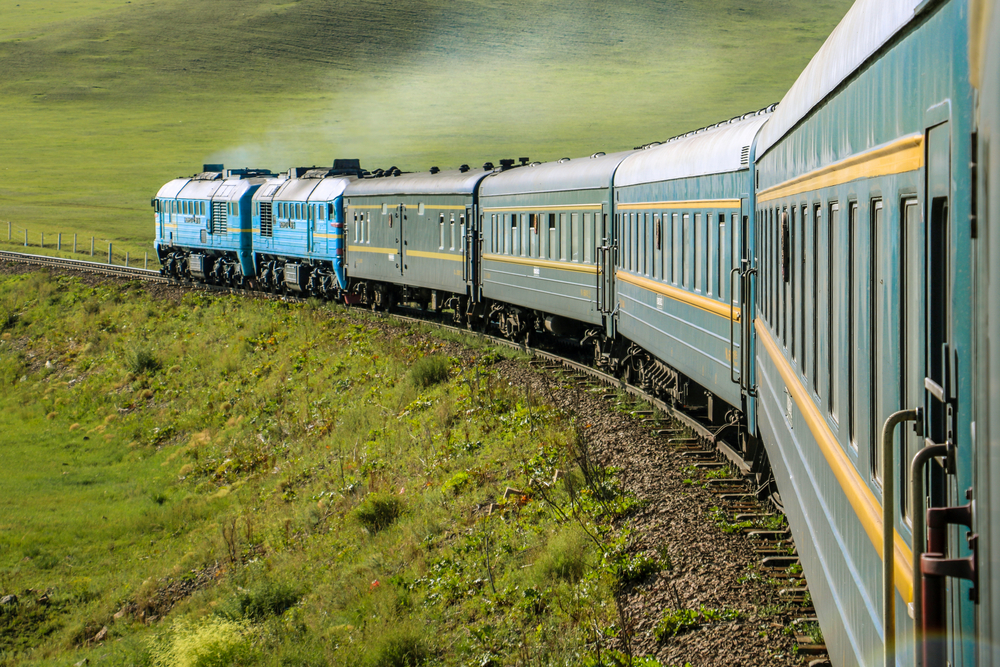
The Trans-Siberian Railway, completed in 1916, is the longest railway line in the world, stretching over 5,772 miles from Moscow to Vladivostok. It opened up vast regions of Russia to economic development and connected Europe with Asia. The railway remains a crucial link for freight and passenger travel across the Eurasian continent.
AVE (Alta Velocidad Española)
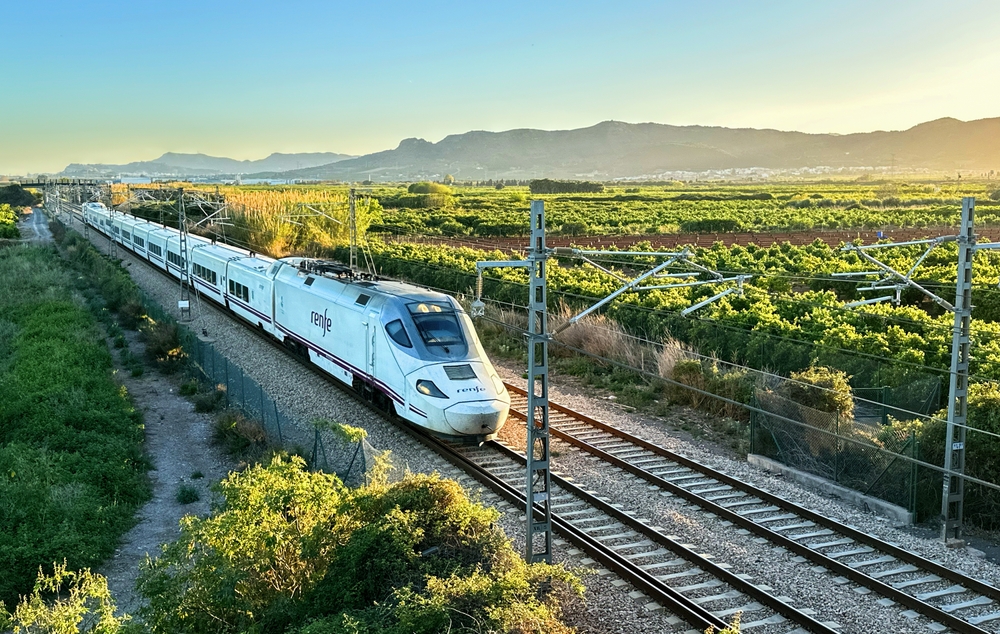
Spain’s AVE, launched in 1992, is a high-speed rail service connecting major cities like Madrid, Barcelona, and Seville. With speeds up to 193 mph, it has significantly reduced travel times and fostered regional economic growth. The AVE’s success has made Spain a leader in high-speed rail technology and infrastructure.
Shanghai Maglev

The Shanghai Maglev, operational since 2004, is the world’s first commercially operated high-speed maglev train, reaching speeds of 267 mph. It uses magnetic levitation to eliminate friction, providing a smooth and fast ride between Shanghai’s airport and the city center. The Maglev showcases the potential for advanced magnetic technology in future rail travel.
Talgo
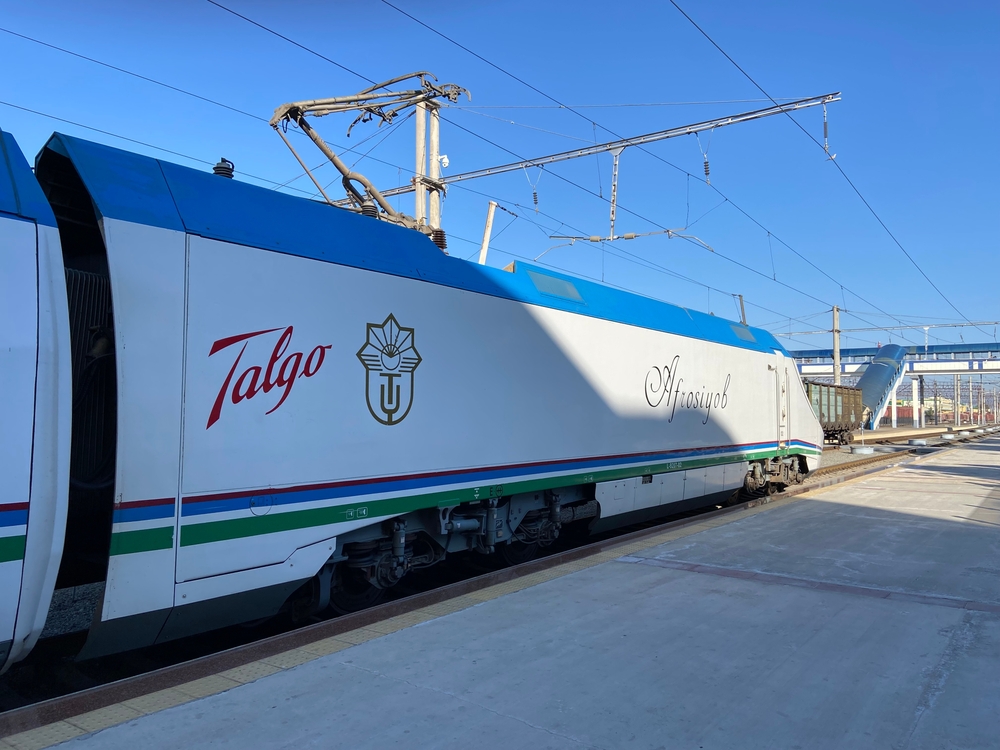
Spain’s Talgo trains are known for their innovative design, featuring lightweight, articulated units that provide smoother rides on curved tracks. Introduced in the 1940s, Talgo trains have evolved to offer high-speed services, including the Talgo 350, which reaches speeds of up to 205 mph. Talgo’s design principles have influenced train manufacturing worldwide.
Indian Pacific
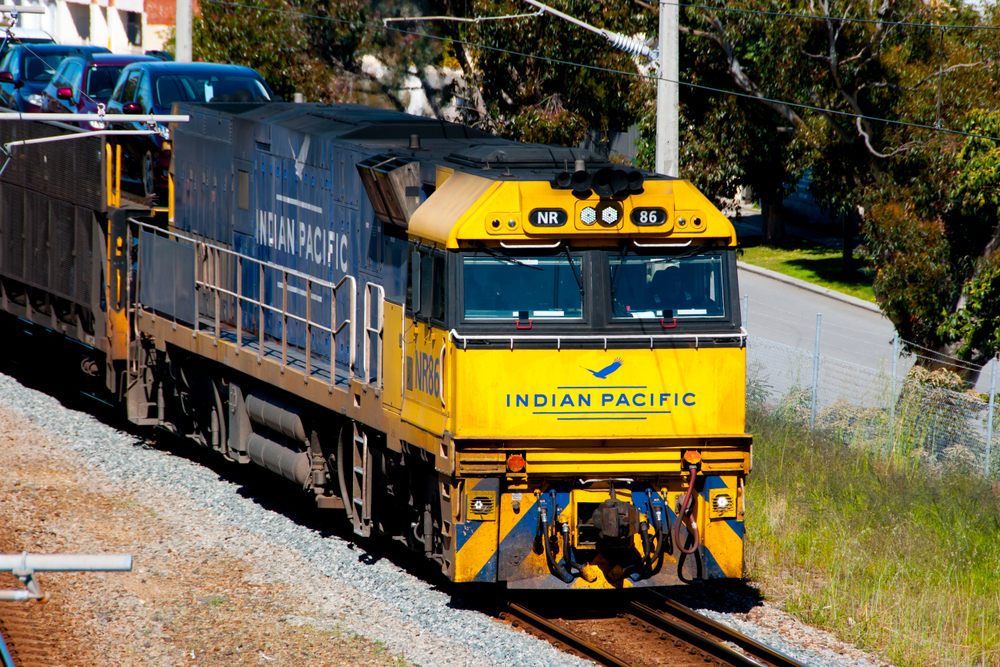
Australia’s Indian Pacific, inaugurated in 1970, offers a transcontinental journey from Sydney to Perth, spanning 2,704 miles. It showcases the vast landscapes of Australia and provides a unique travel experience. The Indian Pacific has become an iconic symbol of Australian rail travel, connecting major cities and remote regions.
Frecciarossa 1000

Italy’s Frecciarossa 1000, introduced in 2015, is a state-of-the-art high-speed train capable of reaching 220 mph. It features advanced safety systems, luxurious interiors, and energy-efficient technology. The Frecciarossa 1000 exemplifies Italy’s commitment to modernizing its rail network and providing top-tier passenger service.
Talgo 350 (El Pato)
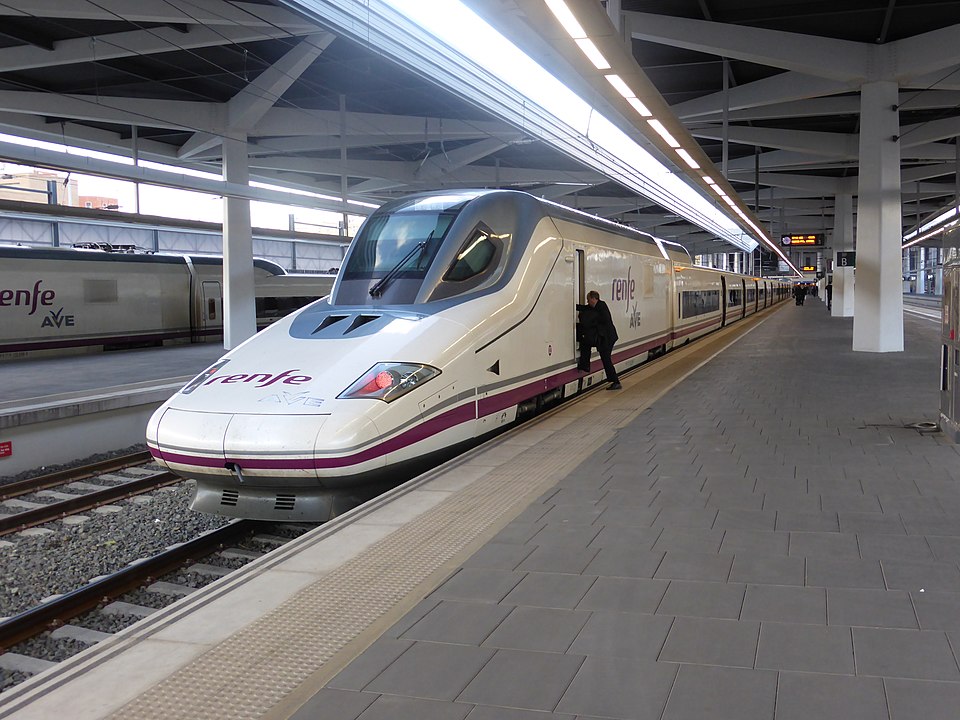
The Talgo 350, known as “El Pato” (The Duck) for its distinctive aerodynamic nose, is a Spanish high-speed train that reaches speeds of up to 205 mph. Introduced in 2005, it combines cutting-edge technology with comfort and efficiency, playing a key role in Spain’s high-speed rail expansion.
Thalys
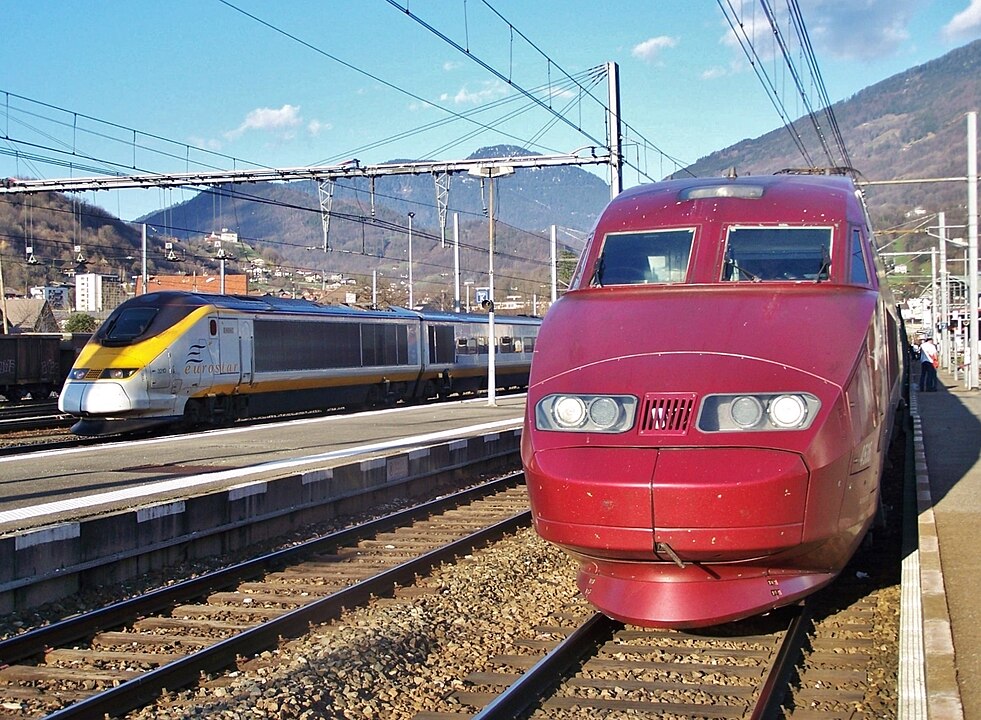
Thalys, launched in 1996, is a high-speed rail service connecting France, Belgium, the Netherlands, and Germany. With speeds up to 186 mph, Thalys offers efficient and comfortable travel across Western Europe. Its international reach and punctuality have made it a popular choice for business and leisure travelers.
Pendolino
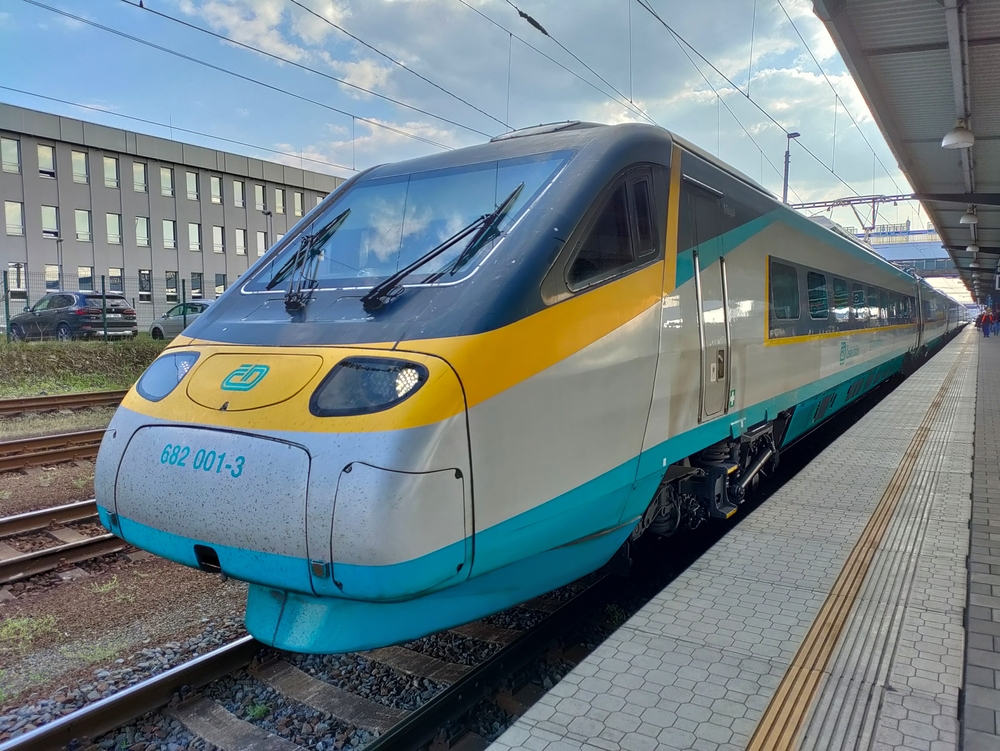
The Pendolino, an Italian tilting train introduced in the 1970s, allows for faster travel on curved tracks by tilting to counteract centrifugal forces. This design reduces travel times and improves passenger comfort on winding routes. Pendolino trains operate in several European countries, showcasing the benefits of tilting technology.
Hiawatha Service

The Hiawatha Service, introduced in the 1930s by the Milwaukee Road, was known for its speed and luxury on routes between Chicago and the Twin Cities. Featuring streamlined steam locomotives and elegant passenger cars, it set new standards for comfort and efficiency in American rail travel.
Blue Train
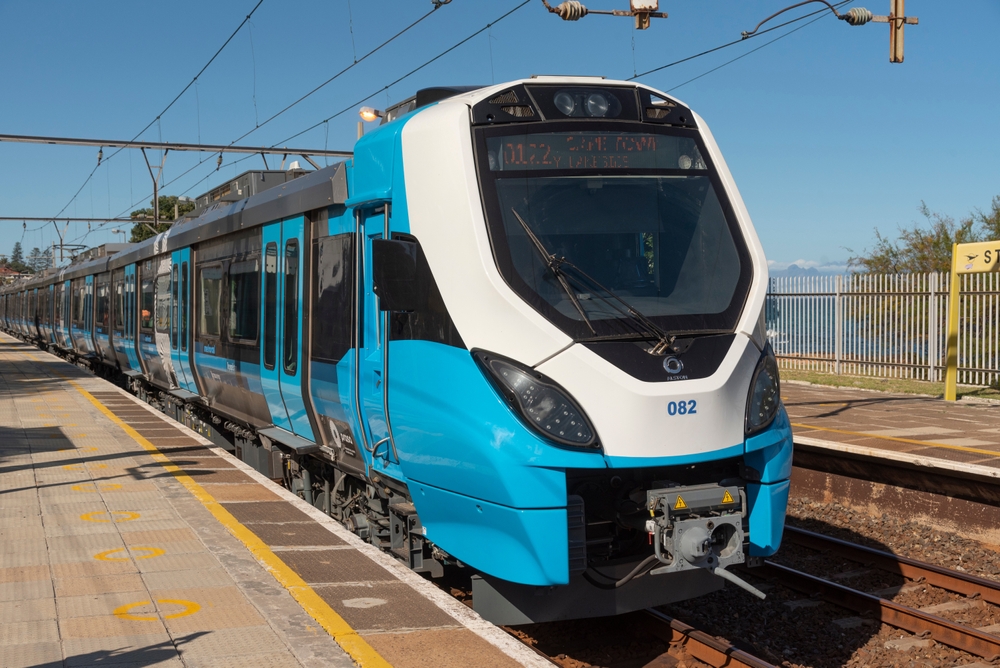
South Africa’s Blue Train, operational since the 1920s, offers a luxurious travel experience between Pretoria and Cape Town. Known for its opulent interiors, fine dining, and personalized service, the Blue Train has become a symbol of African rail luxury, attracting travelers from around the world.
Märklin Model Railway
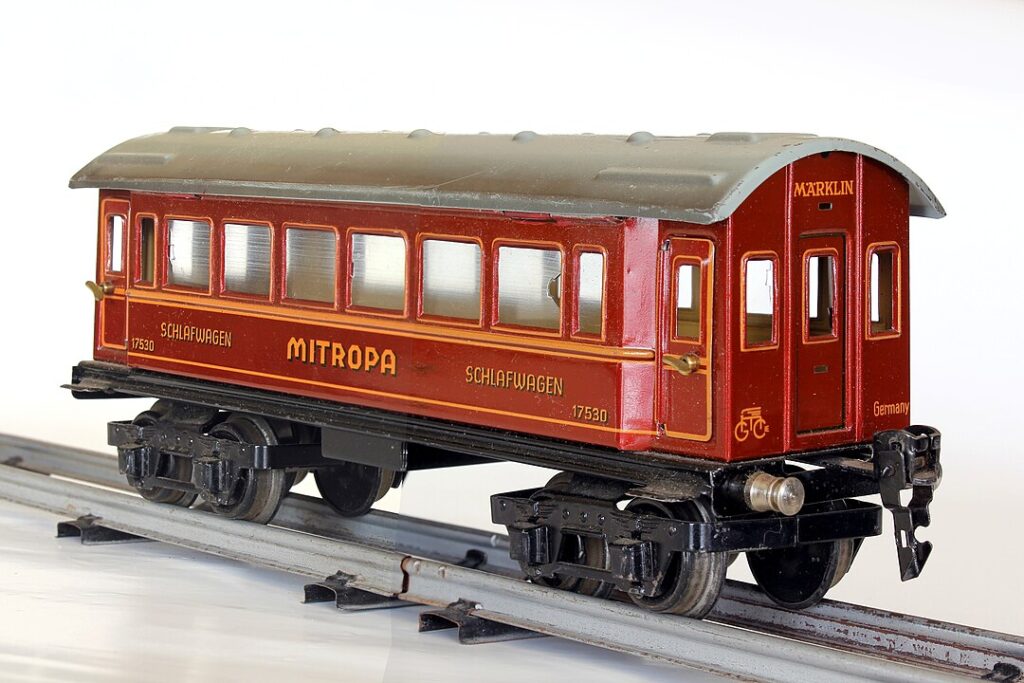
While not a real train, the Märklin Model Railway, established in the 19th century, revolutionized model railroading and influenced real-world rail technology. Its precision engineering and detailed replicas have inspired generations of engineers and rail enthusiasts, contributing to advancements in rail design and innovation.
California Zephyr
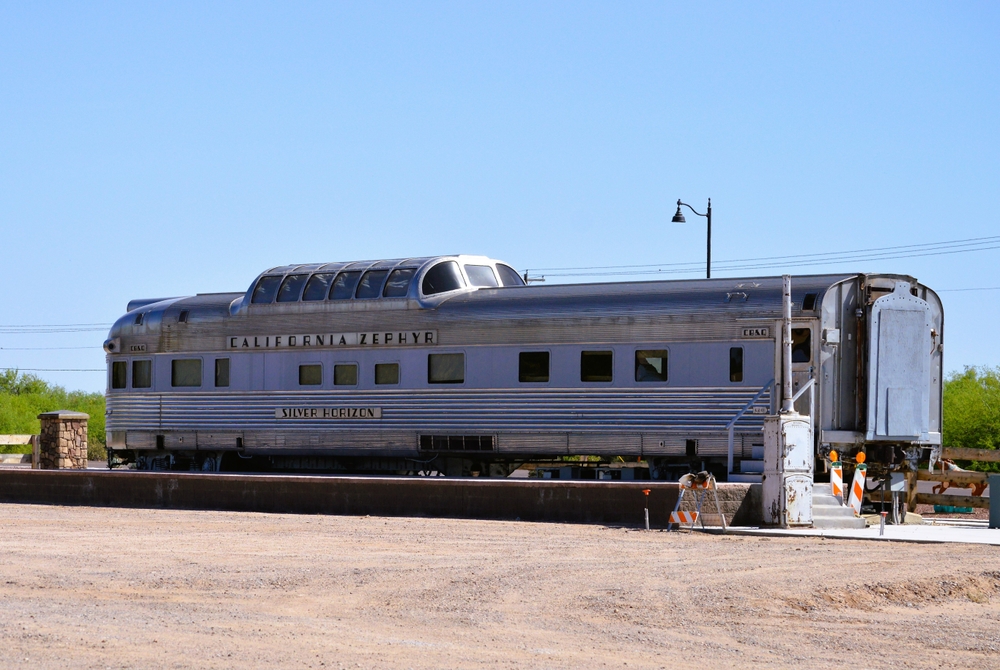
The California Zephyr, operational since 1949, is celebrated for its scenic route through the American Rockies and Sierra Nevada. Offering breathtaking views and comfortable travel, it has become a favorite for tourists and rail enthusiasts. The Zephyr showcases the potential for rail travel as a unique and immersive experience.
Alta Velocidade Portuguesa (Alfa Pendular)
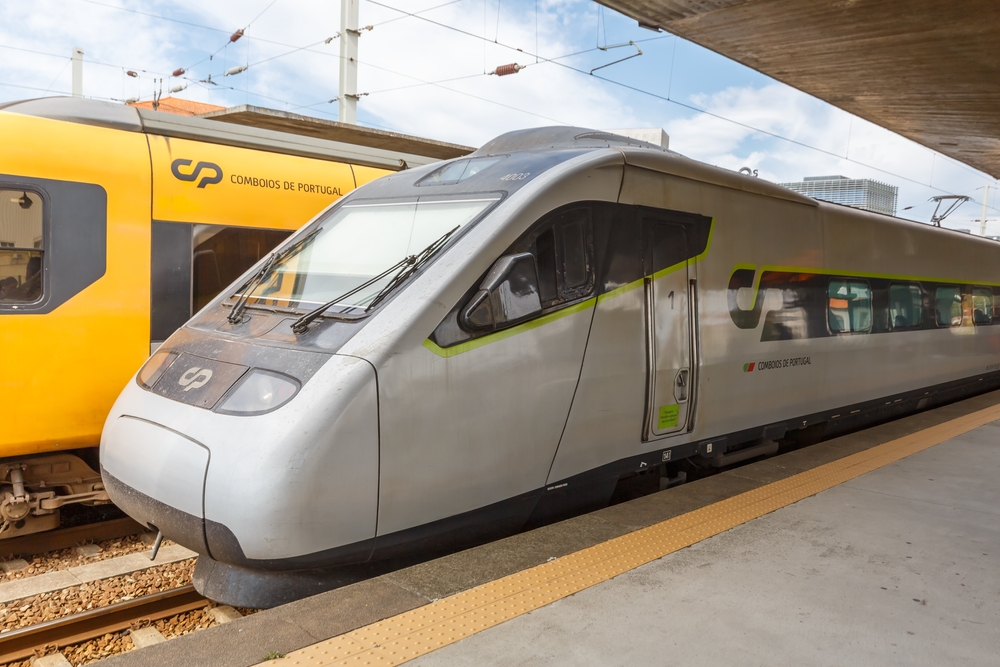
Portugal’s Alfa Pendular, introduced in 1999, is a high-speed tilting train that connects major cities like Lisbon and Porto. With speeds up to 137 mph, it has significantly reduced travel times and improved regional connectivity. The Alfa Pendular highlights Portugal’s advancements in rail technology and infrastructure.
Ghan
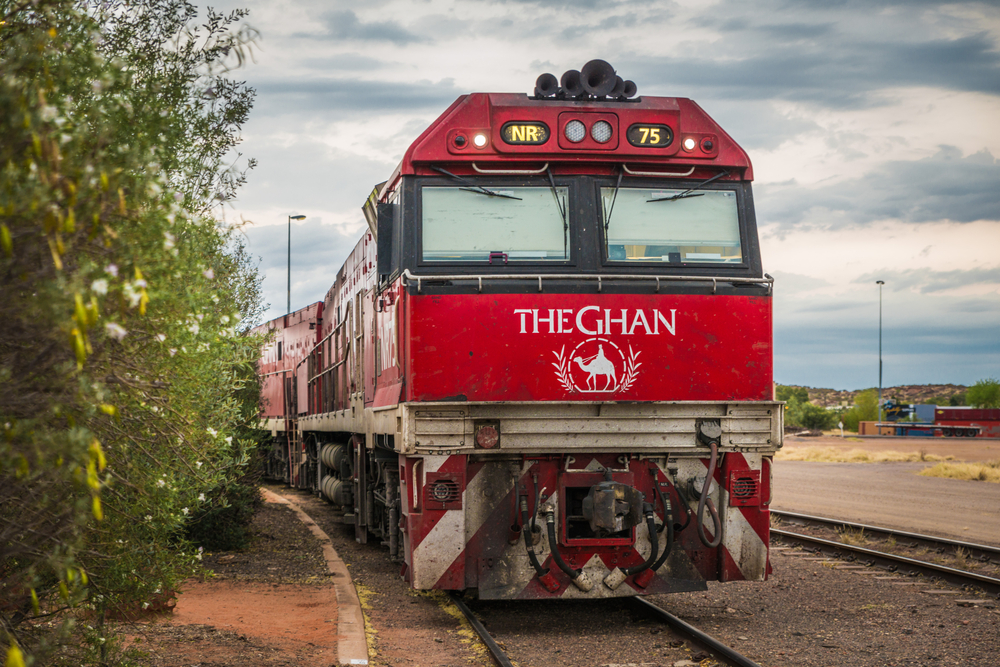
Australia’s Ghan, operational since 1929, offers a luxury rail journey from Adelaide to Darwin. Spanning 1,851 miles, it traverses diverse landscapes, including deserts and tropical regions. The Ghan provides a unique travel experience and is an iconic symbol of Australian rail exploration.
KTX (Korea Train Express)
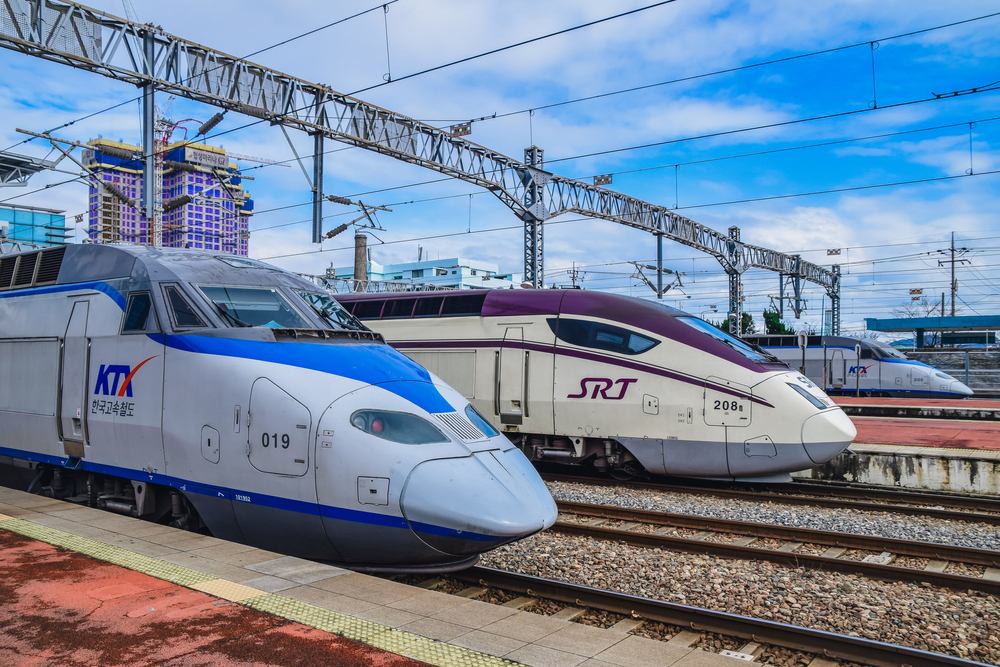
South Korea’s KTX, launched in 2004, is a high-speed rail service connecting major cities like Seoul and Busan. With speeds up to 190 mph, the KTX has transformed domestic travel by significantly reducing travel times and promoting economic development. It exemplifies South Korea’s commitment to modernizing its transportation infrastructure.
Bernina Express

The Bernina Express, operating in Switzerland, is famous for its scenic route through the Swiss Alps. Offering stunning views of glaciers, mountains, and viaducts, it combines travel with breathtaking natural beauty. The Bernina Express demonstrates the potential for rail travel to offer unique and memorable experiences.
This article originally appeared in MyCarMakesNoise.
More from MyCarMakesNoise
21 Iconic German Muscle Cars You Need to Know

Explore the pinnacle of German engineering through a collection of the most remarkable muscle cars to come out of Germany. These vehicles stand out for their exceptional performance, innovative design, and significant influence on the automotive landscape. Read More.
16 Lesser-Known Military Vehicles with Impressive Histories
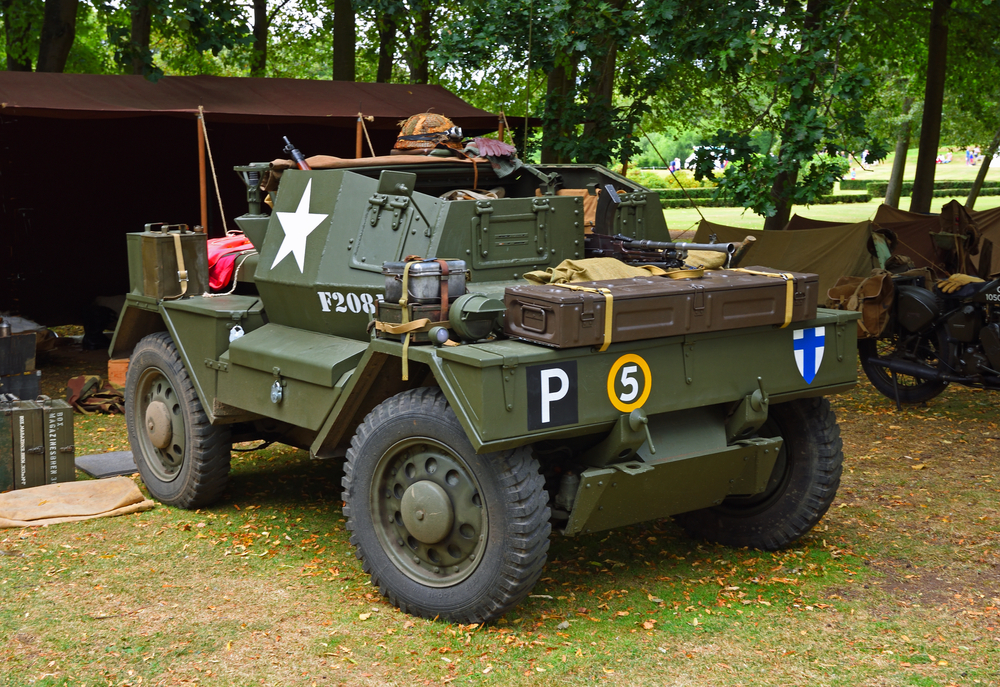
Military history is filled with iconic vehicles, but some of the most remarkable machines often fly under the radar. In this article, we’ll uncover 16 lesser-known military vehicles that have played crucial roles in conflicts around the world. Read More.
13 Electric Cars with Stellar Reliability Scores
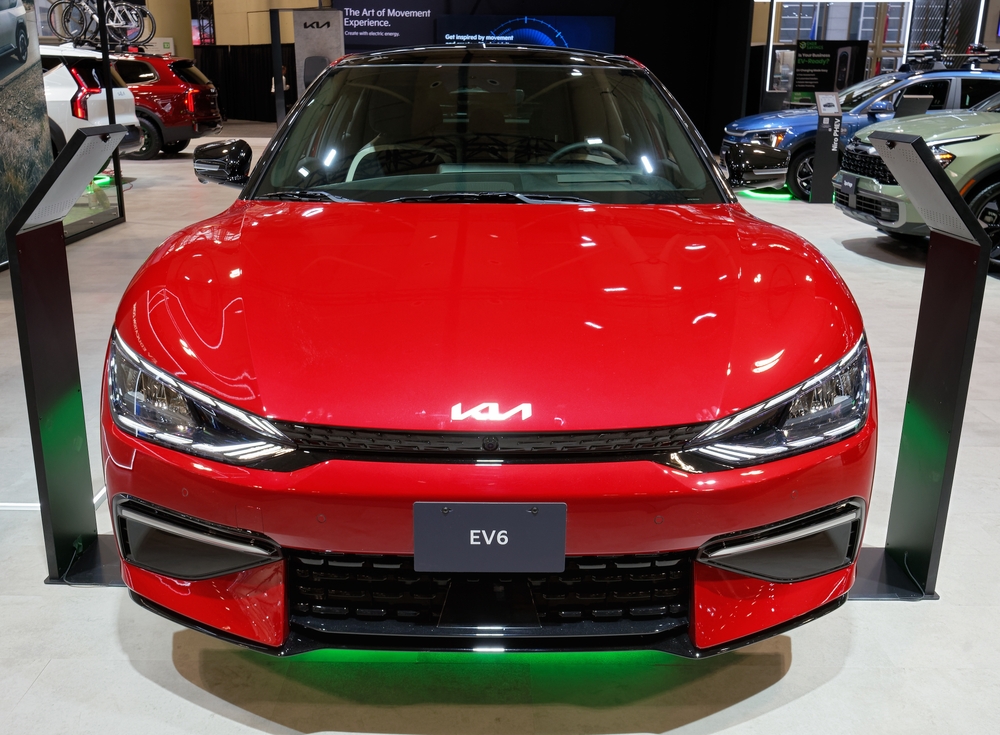
In the ever-evolving world of electric vehicles (EVs), reliability remains a top priority for buyers. Consumer Reports has rigorously tested numerous models to identify the most dependable EVs on the market today. Read More.

